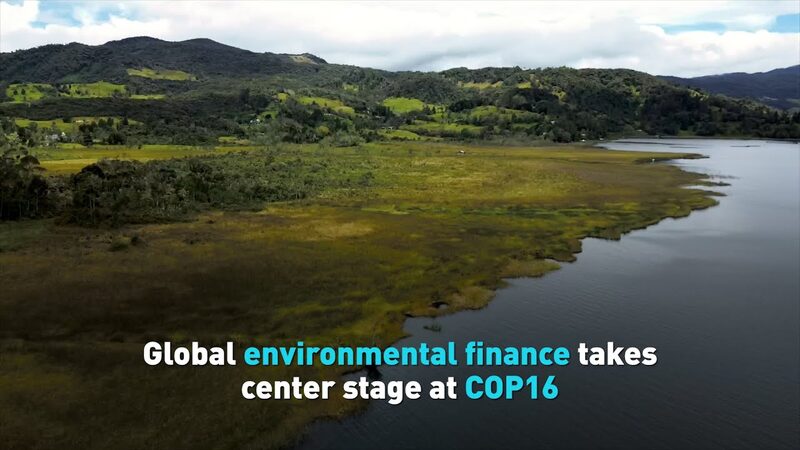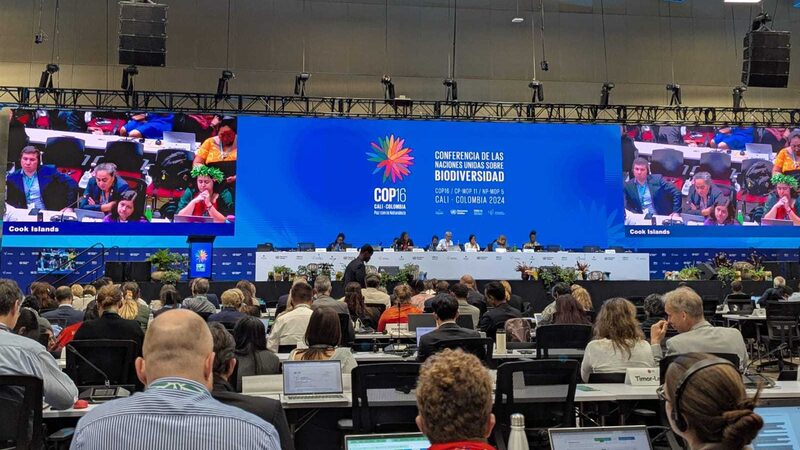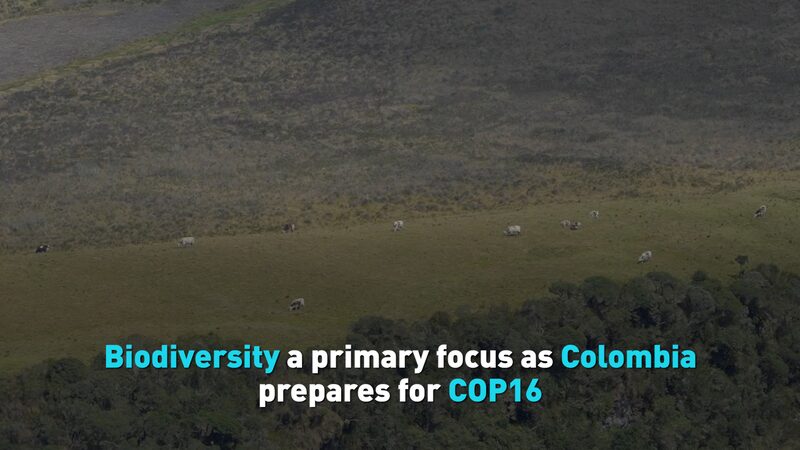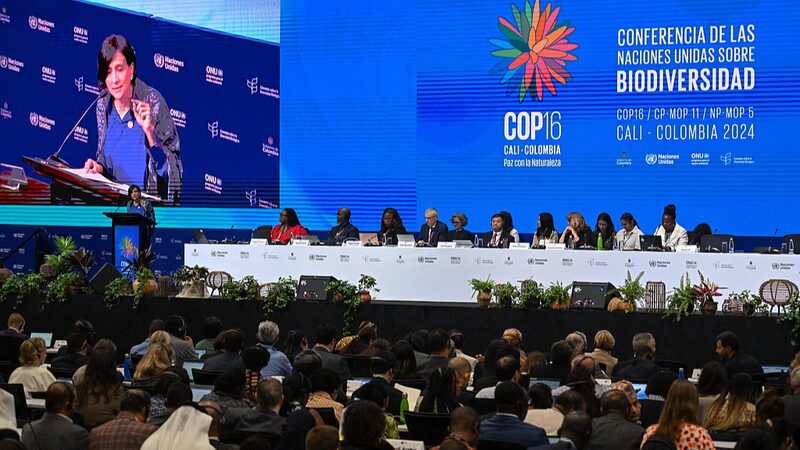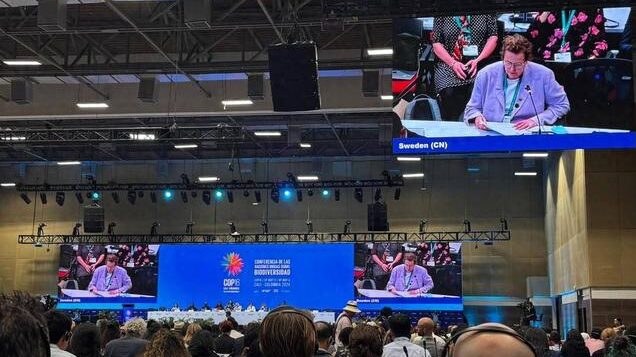Wealthy nations appeared to hit a limit with how much they are willing to pay to conserve nature around the world, shifting their focus toward private investment to fill the funding gap at the two-week United Nations biodiversity summit.
At the 16th meeting of the Conference of the Parties to the UN Convention on Biological Diversity (COP16) in Cali, Colombia, countries failed to figure out how they would mobilize $200 billion annually in conservation funding by 2030, including $30 billion that would come directly from rich nations.
The pledged funding, agreed upon two years ago as part of the landmark Kunming-Montreal Global Biodiversity Framework agreement, is intended to finance activities that boost nature, such as sustainable farming or patrolling wildlife reserves.
As public funding commitments wavered, discussions turned toward how private money could fill the funding gap. Delegates considered leveraging private investment to support conservation efforts globally.
The shortfall raises concerns about the global commitment to biodiversity conservation, with many wondering how the ambitious targets set in the Kunming-Montreal agreement can be achieved without sufficient funding.
The outcome of COP16 highlights the urgent need for innovative financing solutions to protect the planet’s biodiversity, as the 2030 deadline for mobilizing $200 billion annually draws closer.
Reference(s):
cgtn.com
